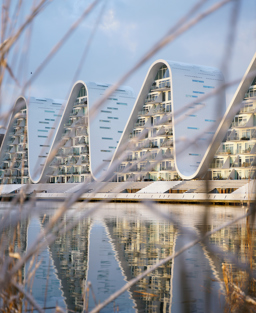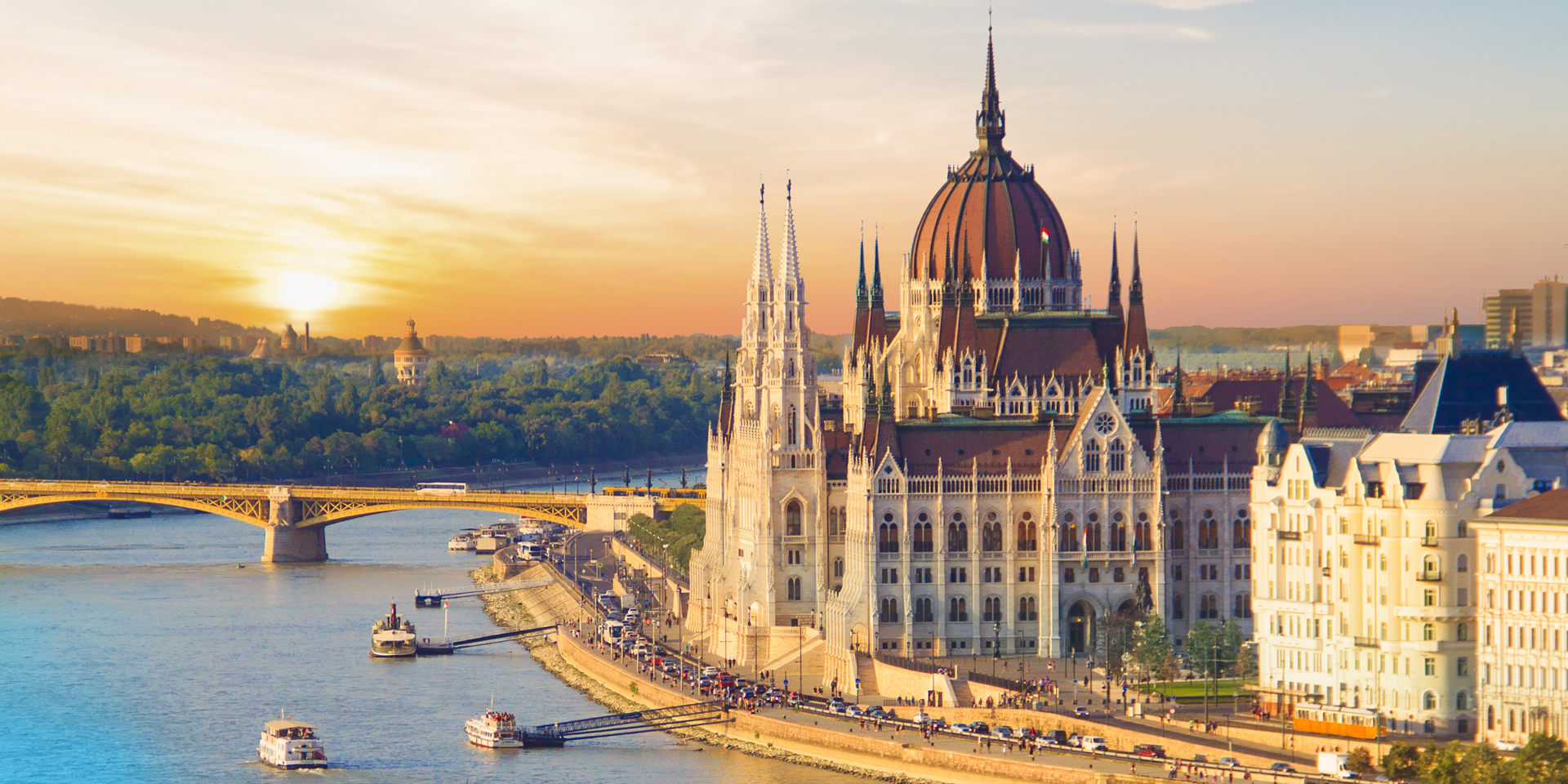

- Promotion
Why Budapest could be Europe’s best city break for history, culture and charm
In Hungary’s capital, romantic architecture, world-class cuisine and a buzzing arts scene come together in one unforgettable escape
02/10/2025
Words: Agatha Zarzycki
On one side of the Danube, the city’s Neo-Gothic castle meets Baroque houses in the leafy neighbourhood of Castle Hill. On the other, Art Nouveau palaces and a Neo-Renaissance opera house deliver a voguish, vibrant energy. With historic thermal baths, a rich culture of art and music and incredible food, Unesco-hailed Budapest is fast becoming a must-visit destination all year round. Here’s why it’s time to bring it to the top of your travel list.
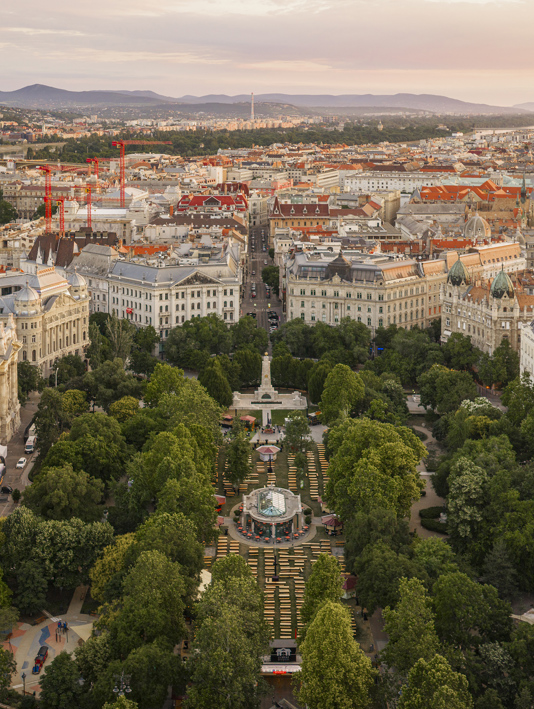
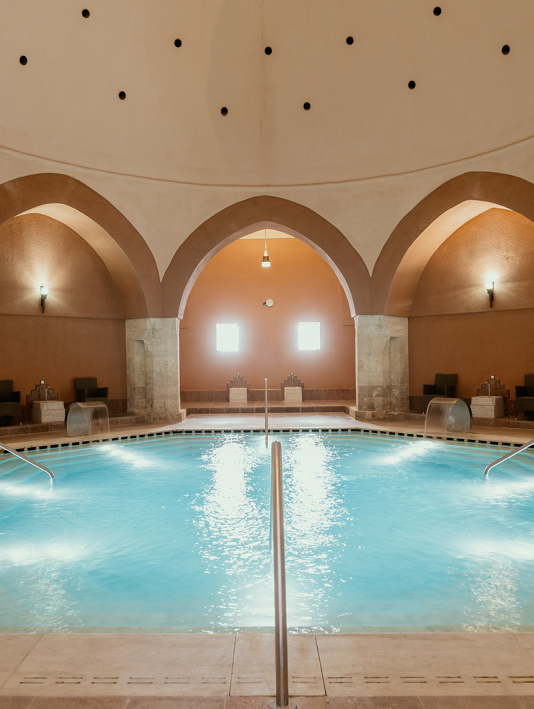
Liberty Square; Veli Bej thermal baths. Opening image: the House of Parliament on the banks of the Danube
Fairytale cityscapes meet modern magic
Once three separate cities – Buda and Óbuda (aka Old Buda) on the west bank of the river, and Pest on the east bank – it wasn’t until 1873 that Budapest became one, and the result remains mesmerising. Today, each area has stayed true to its original character. Buda feels like a time-travelling canvas, with its mediaeval castle bounded by green forested hills, Matthias Church restored in Neo-Gothic style and upscale Baroque neighbourhoods featuring sloped, red-tiled roofs. The best view? Sunset at Fisherman’s Bastion, where Neo-Romanesque terraces look over the gilded Danube River.
Further the sightseeing serenity at Rudas Bath, built by the Ottomans in the 16th century. Its small, colourful glass skylights speckled across a 10m Turkish dome sieve sunlight on to an octagonal pool encircled by stone columns (cue the goddess vibes). Natural thermal baths are part of the daily social life here, and some locals even play cards or chess while having a soak – plus the springs are rich in calcium, magnesium and other minerals, so you can improve circulation and shuteye (among other things) while you find your Zen.
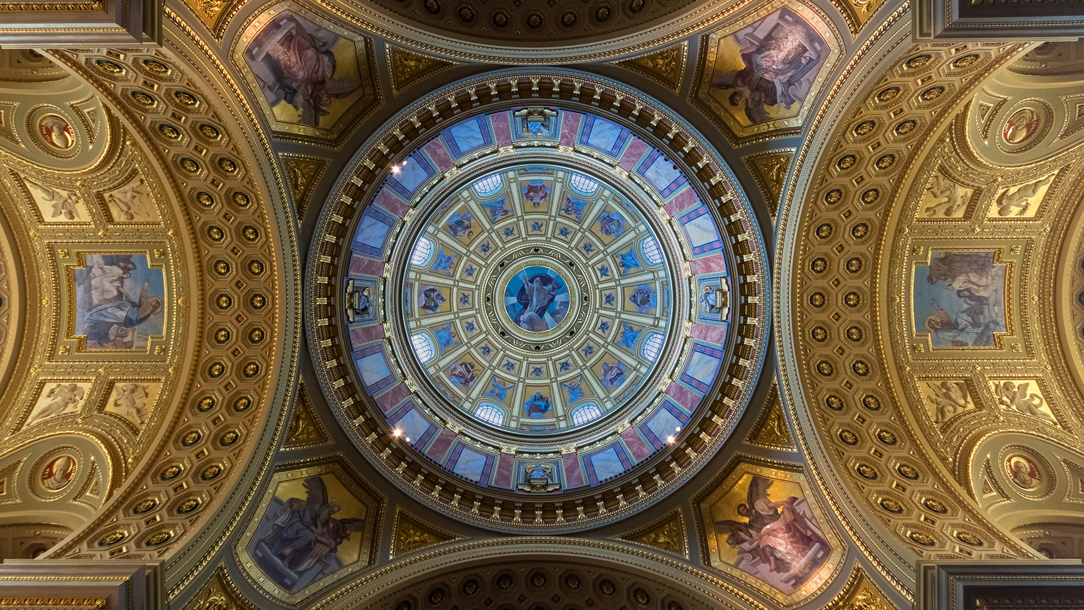
The stunning dome of St Stephen’s Basilica
To the northwest is relaxed, residential Óbuda, inhabited since Roman times. Here, ruins dating back to the first century AD meet gate arches that lead to picturesque courtyards and Baroque townhouses with curved gables and windows and ornate oak doors. These symmetrical, stucco façades surround the main square, which faces Habsburg-era Szentlélek Church, one of Old Buda’s most prominent landmarks.
Then comes the eastern side, Buda and Óbuda’s glamorous and energetic younger sister: Pest, a mix of grandeur and cosmopolitan attitude crisscrossing flat terrain and broad boulevards. An excellent place to start is the House of Parliament, inspired by London’s Palace of Westminster, before walking along the Danube Promenade to admire the 19th-century palaces – don’t forget to glimpse across the river at Buda’s juxtaposing mediaeval skyline.
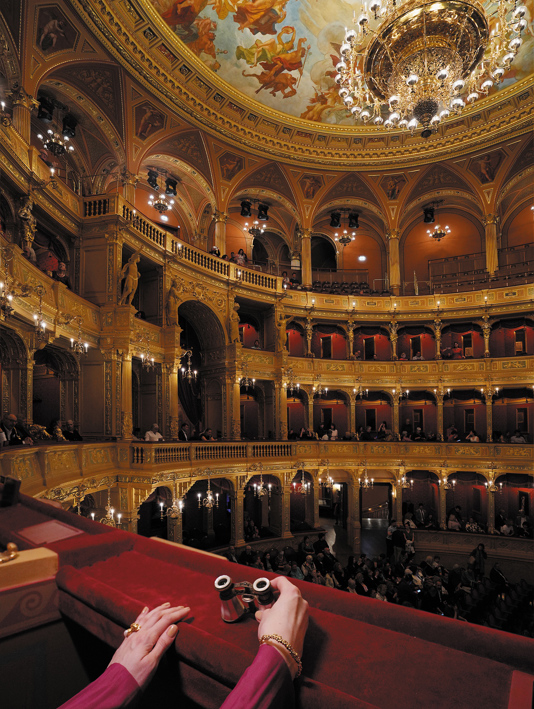
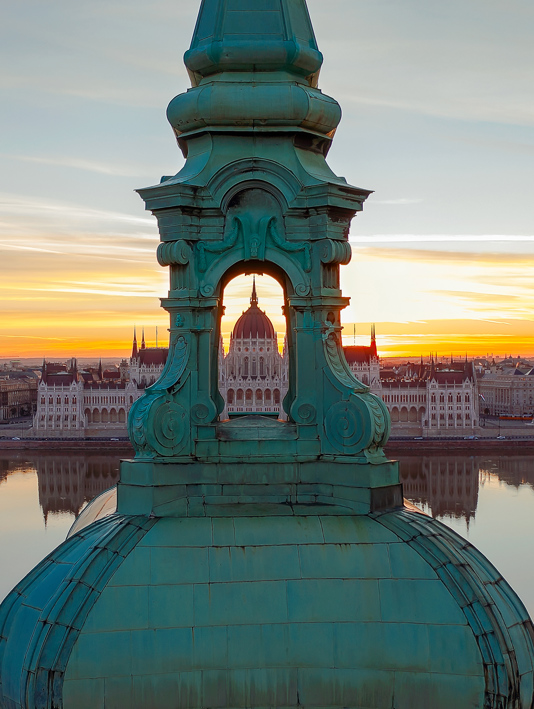
The Hungarian State Opera House; the House of Parliament from across the Danube
From here, head to the largest church in the city, St Stephen’s Basilica, designed in the Neoclassical style, and Pest’s famous Andrássy Avenue (expect everything from high-end boutiques to Art Nouveau apartment palaces decked out in Zsolnay ceramic tiles). The elegant boulevard connects the city centre to Heroes’ Square – its seven horseback warrior statues built in 1896 celebrate Hungary’s 1,000th birthday – and 100-hectare City Park, meaning you can enjoy Budapest’s eight architectural styles and nature in equal measure.
Creative culture
Andrássy Avenue doesn’t stop at grand apartments and shops: it’s also home to the Hungarian State Opera House, a Neo-Renaissance masterpiece designed by Miklós Ybl, one of Europe's leading architects – and Hungary’s most influential – during the mid to late 19th century. It has hosted a long list of national and international greats, including the country’s most celebrated tenor József Simándy, world-famous dramatic soprano Éva Marton and prima ballerina Maya Plisetskaya. Meanwhile, nearby Erkel Theatre, the opera house’s modern counterpart and Hungary’s largest theatre, offers a more affordable experience that’s loved by locals (what it lacks in grandeur, it makes up for in scale and energy).
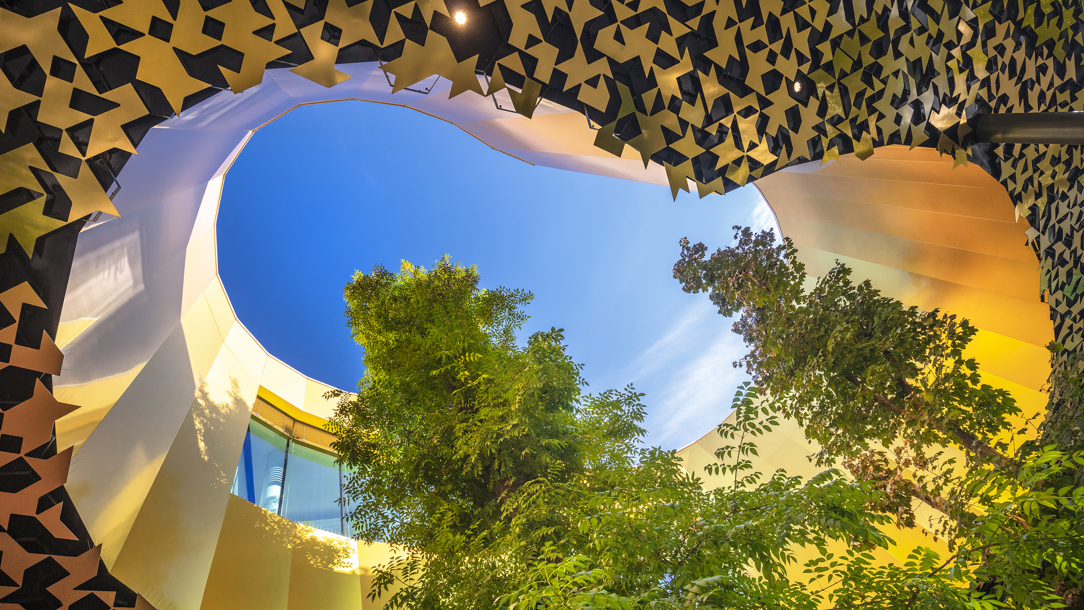
The undulating roof of the new House of Music
For a stylish, industrial vibe, the A38 Ship on the Danube River (moored on the Pest side) hosts intimate concerts, with jazz, blues, rock, indie and electronic all on the list. Later, trade piano for paintings at the temple-like Museum of Fine Arts, which contains more than 100,000 objects, from ancient artefacts to Dutch Golden Age drawings and Neoclassical sculptures. Don’t leave without seeing Stephan Dorffmaister’s historic painting, The Battle of Mohács.
Up for something truly one-off? The city’s underground exhibitions won’t disappoint. Our vote goes to Castle Hill’s remarkable maze of tunnels, and the Underground Railway Museum, housed in the oldest – and still operating – underground railway in Europe. Top off the creative spree at the Bauhaus-style Design Terminal in Erzsébet Square. Highlights involve TED Talks on design and the Ajándék Terminál Christmas market selling local ceramics, prints, fashion accessories and artisanal treats. Bonus points go to the city’s tram system, making reaching all of the above easy breezy.
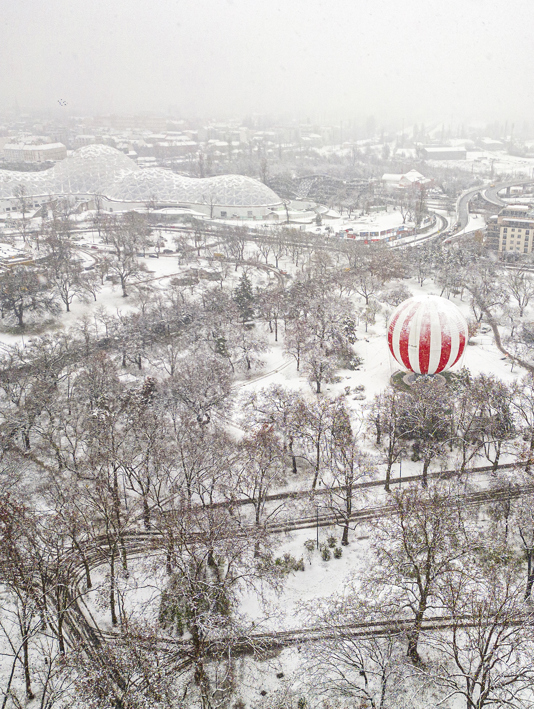
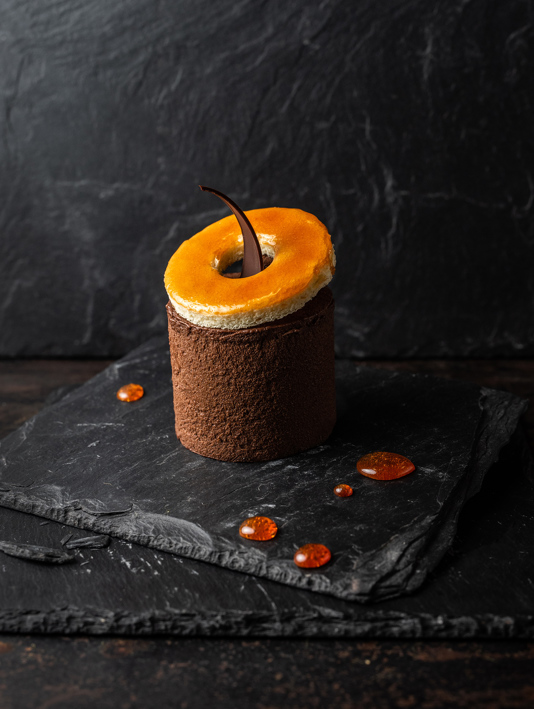
The tethered BalloonFly offers panoramic views of the city; traditional Dobos torte sponge cake
Gorgeous gastronomy
Hungary’s winemaking tradition dates back to Roman times, and there are 22 wine regions dotted across the country, so there’s no shortage of skill or selection. Be sure to try its celebrated sweet wine, Tokaji Aszú (cosy cellar bar Doblo is a great spot, as is trendy Bortodoor).
If the drinks are dreamy, wait until you taste the food. Begin at one of Budapest’s blissful bistros, such as chic Déryné: there’s good reason it has impressed A-listers for more than a century (Morgan Freeman and Danny DeVito are just two star-studded fans). Its sophisticated surroundings make you feel as if you’re back at the turn of the century, from its marble-topped bar to live piano music and a winter garden extension. And the dishes match the decadence (oysters and caviar over rye toast, anyone?).
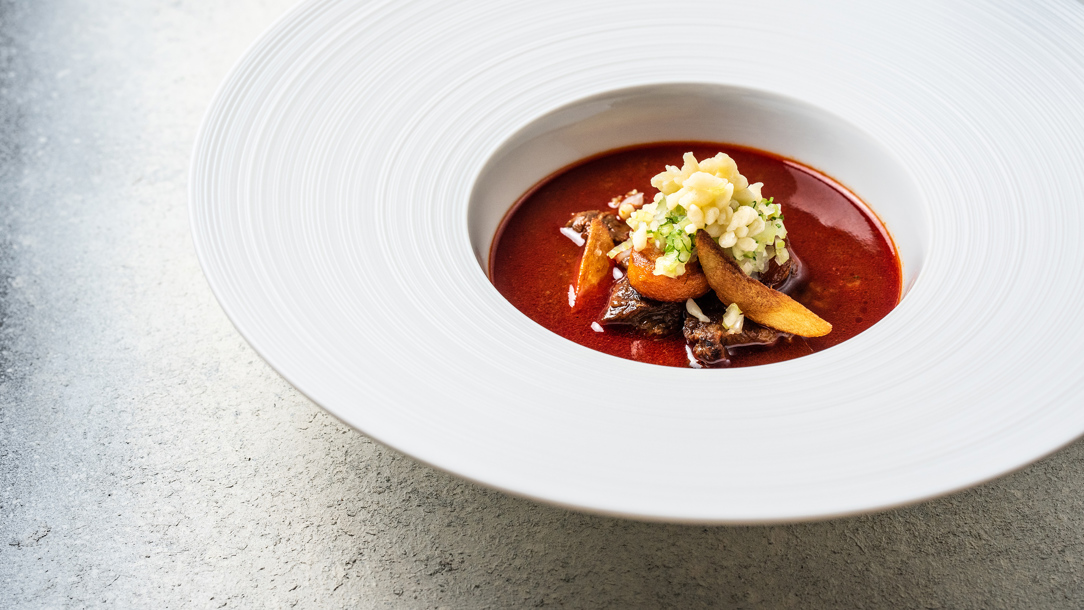
Goulash is a Hungarian classic
Epicurean elegance continues at the city’s Michelin-starred restaurants (yes, plural). For a modern spin on Hungarian classics, don’t miss Babel Budapest, akin to feasting in a well-heeled aunt’s dining room (envision beautiful books, plush plants and locally crafted crystal glassware). Executive chef Kornél Kaszás has outdone himself with his tasting menu presenting rich flavours of the Carpathian Basin region. The layered potato with Mangalica bacon is divine, as are the wine pairings, focusing on Hungarian whites and sparkling vintages.
Round off your foodie adventure at one of Budapest’s culinary festivals. Traditional Carnival (between the Twelfth Night and Ash Wednesday) features crispy csörögefánk (angel wing doughnuts) sprinkled with powdered sugar. They’re as light as air, so indulging in several is encouraged.




